Venerable Thich Hai An, President of the Vietnam Buddhist Academy in Hue , said that relics or sa li (Sanskrit: शरीर sarira; Chinese: 舍利) are small, hard, round or differently shaped and colored particles formed after the cremation of the Buddha and high monks after entering nirvana and passing away. Relics are considered a crystallization of virtue, merit and purity in practice.
The Mahāparinibbāṇa Sutta , a sutra preached by Shakyamuni Buddha before he entered nirvana, mentions the benefits of visiting relics. In the Lion's Roar chapter, it says: "The Tathagata, in order to help sentient beings increase their blessings, disintegrated his body into relics for sentient beings to make offerings to"; the chapter on the Perfection of Wisdom also clearly states: "Although the Buddha has entered nirvana, his relics and the supreme Dharma treasure still reside in the world, and can serve as a place of refuge for sentient beings." The merit of visiting, bowing to, and making offerings to the Buddha's relics is as great a blessing as meeting the Buddha.
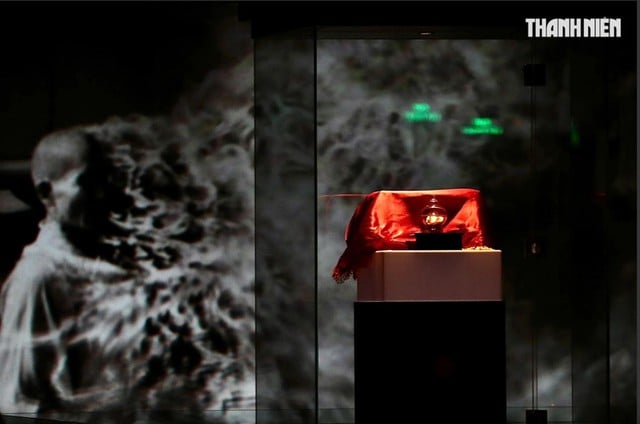
The relics of Bodhisattva Thich Quang Duc are brown - like an indestructible heart.
PHOTO: NHAT THINH
According to Venerable Thich Hai An, depending on the practitioner's virtue, the relics will have different shapes, colors and sizes. For example, the relics of Patriarch An Quang are five-colored, the relics of Bodhisattva Thich Quang Duc are brown like an indestructible heart, and the relics of Patriarch Hue Nang are hard and will not be damaged or broken for thousands of years.
Although science has not yet explained it in detail, we all know that the ability of cultivation can actually transform one’s own energy into the energy of the universe. Only then can the energy of the universe crystallize in the body of the cultivator. When the cultivator reaches a certain level, it will change the cells of the body. From here, they will transform into high-energy matter and those are relics.
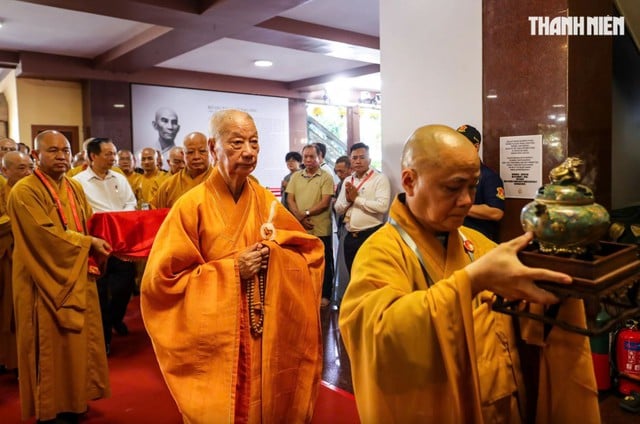
The heart relics of Bodhisattva Thich Quang Duc were brought to Vietnam National Temple.
PHOTO: NHAT THINH
Relics have the power to inspire
According to His Holiness Ama Kyabje Zopa Rinpoche (1945 - 2023), the Lama of the Vajrayana lineage of Tibetan Buddhism, former Spiritual Director of the Foundation for the Preservation of the Mahayana Tradition (FPMT), Spiritual Director of many Buddhist centers and projects around the world , when talking about relics, he said: "It is not easy to preserve the relics, it is not easy to achieve enlightenment through the process of practice with successive rebirths in good realms. To do so, one must make a strong and powerful vow, must maintain pure and clear precepts through many successive rebirths, then one can have enough conditions to preserve the relics. The relics only arise from strict practice.
Also according to Ama Kyabje Zopa Rinpoche, today, we cannot directly see the Buddha's body, nor can we directly hear the Buddha's teachings. We can only see the Buddha's relics. The Buddha compassionately manifested thousands of relics for sentient beings to worship. Buddhist scriptures say - for example, the Dode Kalsang Sutra - that King Ashoka considered the Buddha's relics to be the most sacred treasure, and for the sake of sentient beings, he built many stupas to enshrine the relics.
The Buddha's relics are still preserved in many places around the world, inspiring countless sentient beings, leading them to the shore of liberation and enlightenment. That is the only reason why the Buddha left behind the relics. Similarly, Buddhist practitioners who have attained high levels of enlightenment, such as Geshe Lama Konchog, after they passed away, left behind the relics for sentient beings. Once the minds of the monks have attained high levels of enlightenment through great compassion, they are capable of leaving behind the relics.
"When we see the relics of a false saint, we should think that the saints are manifesting relics for us to accumulate merit, purify negative karma, and thereby lead us to the shore of liberation and enlightenment," wrote Ama Kyabje Zopa Rinpoche.
Source: https://thanhnien.vn/xa-loi-duc-phat-va-cac-vi-cao-tang-hinh-thanh-nhu-the-nao-185250506143242854.htm


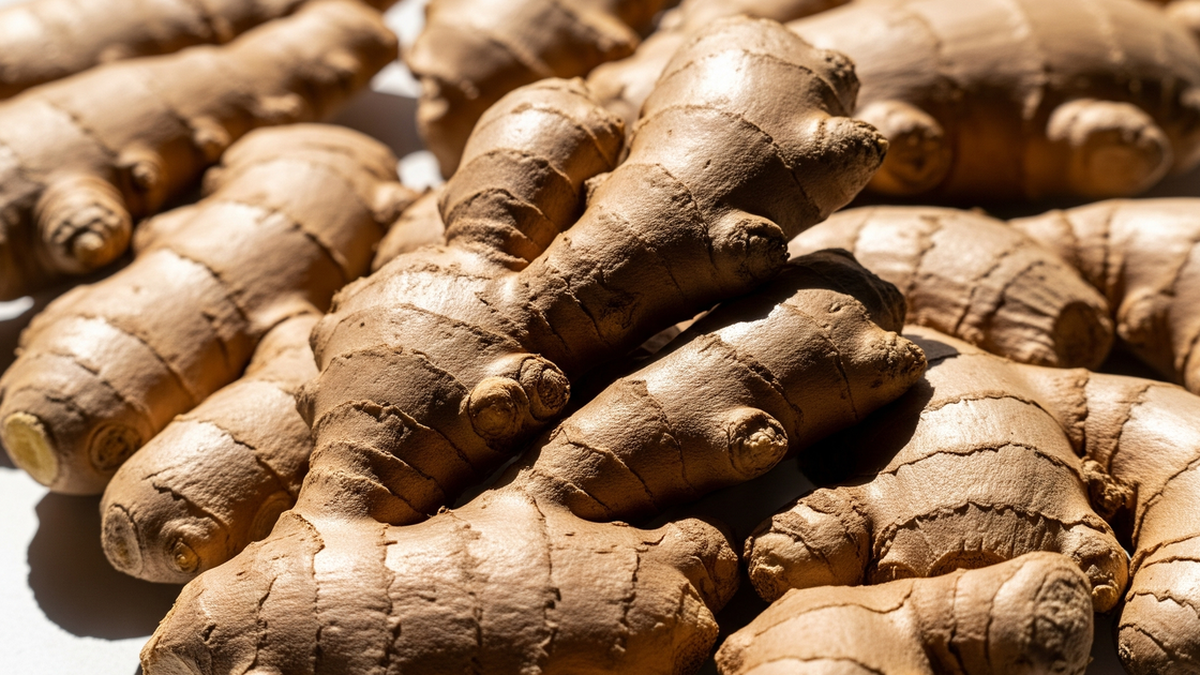

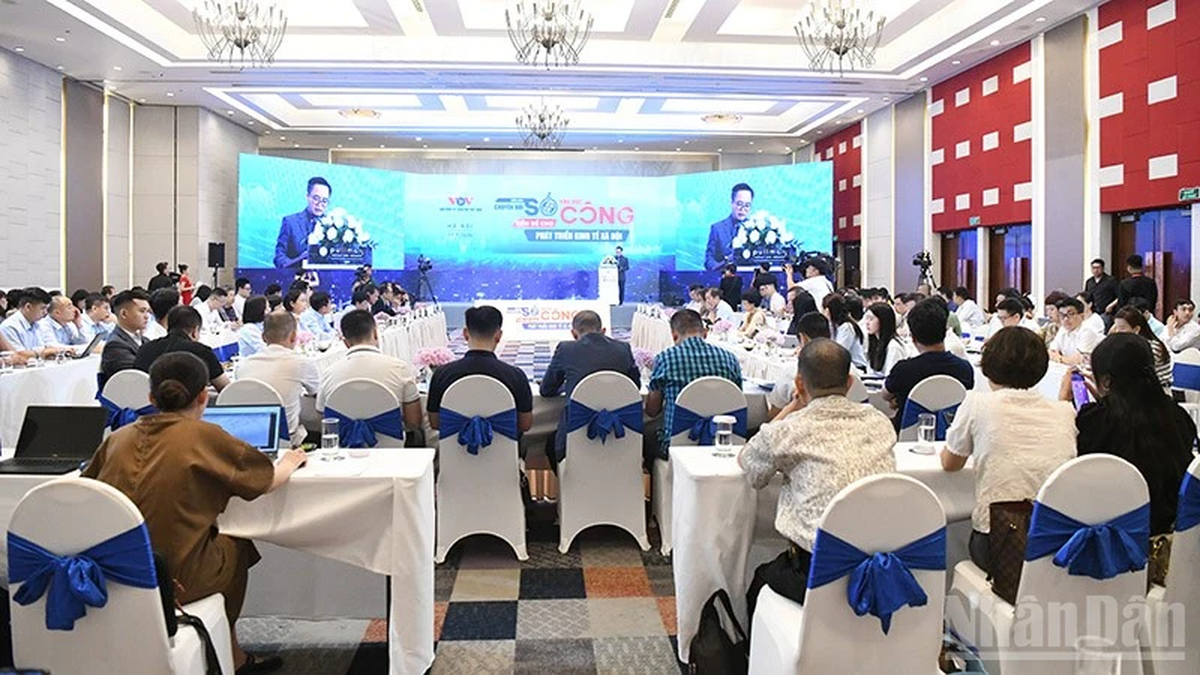


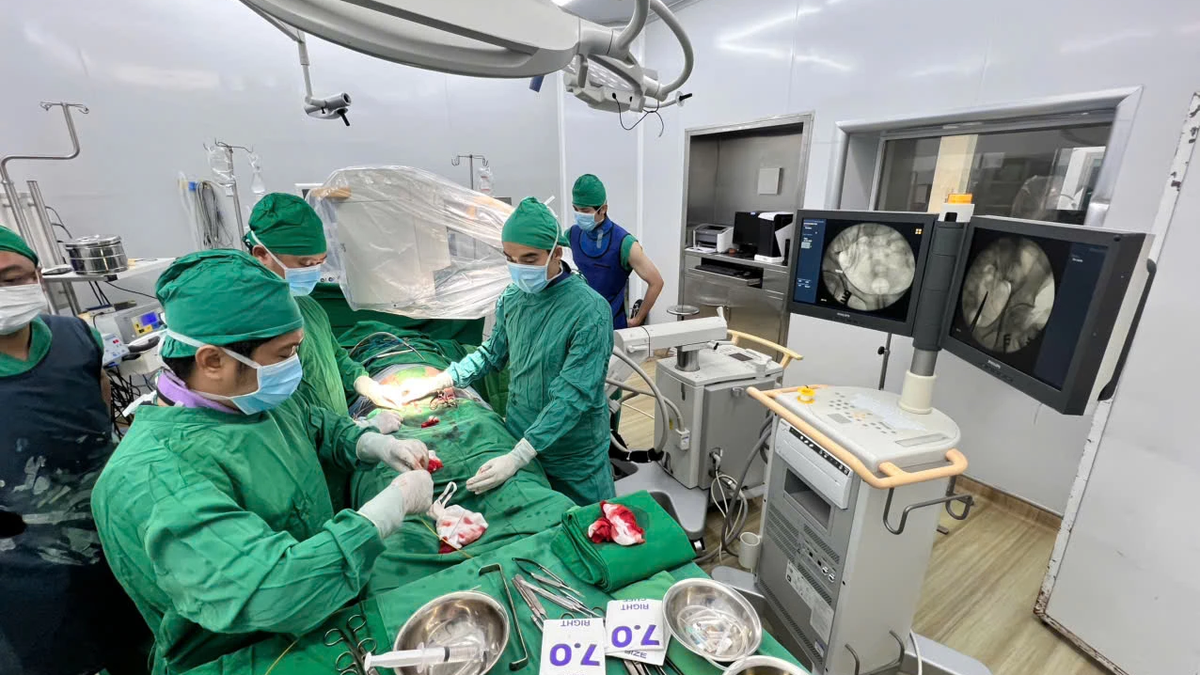
























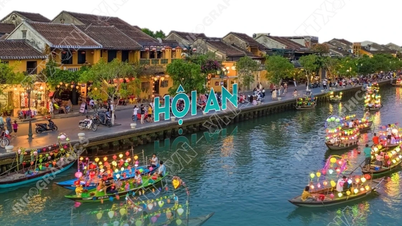

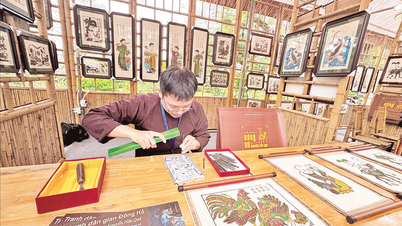

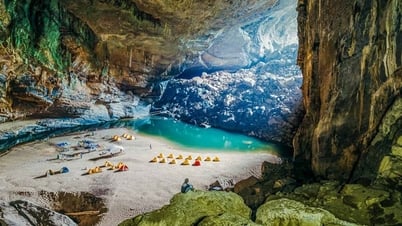
















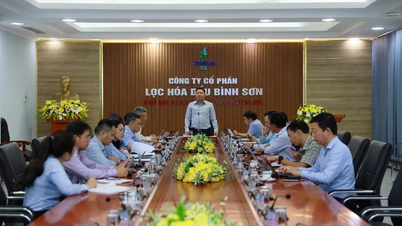





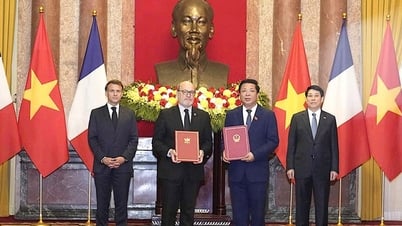



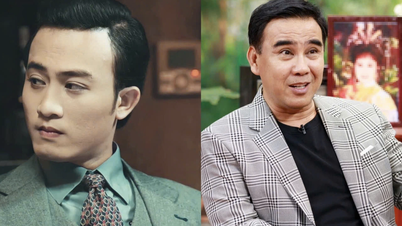
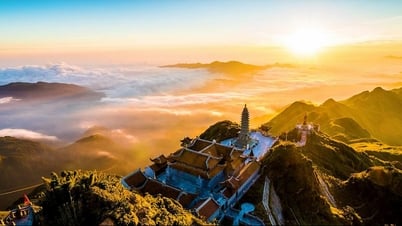
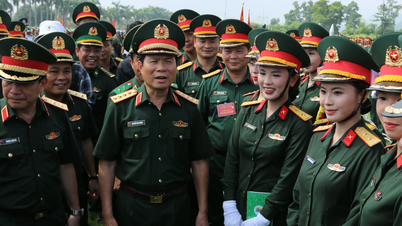






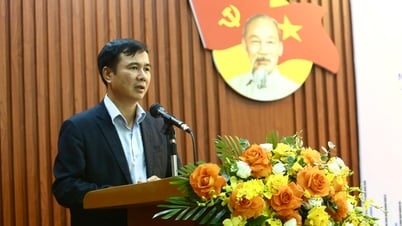
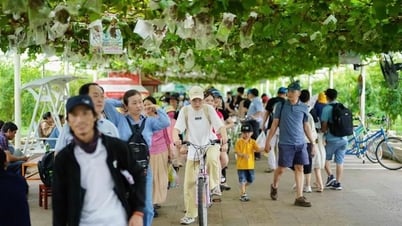
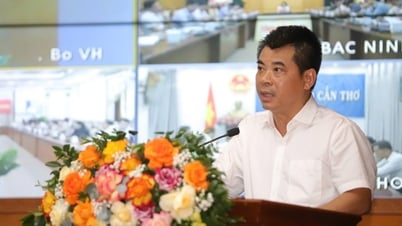
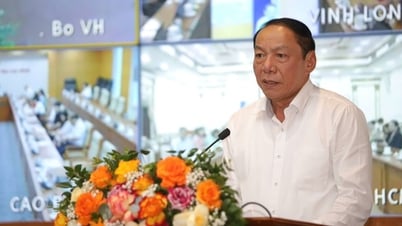








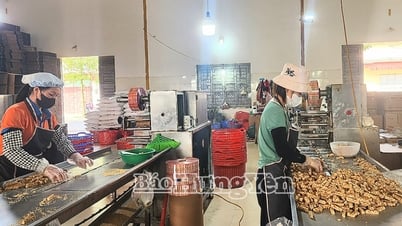













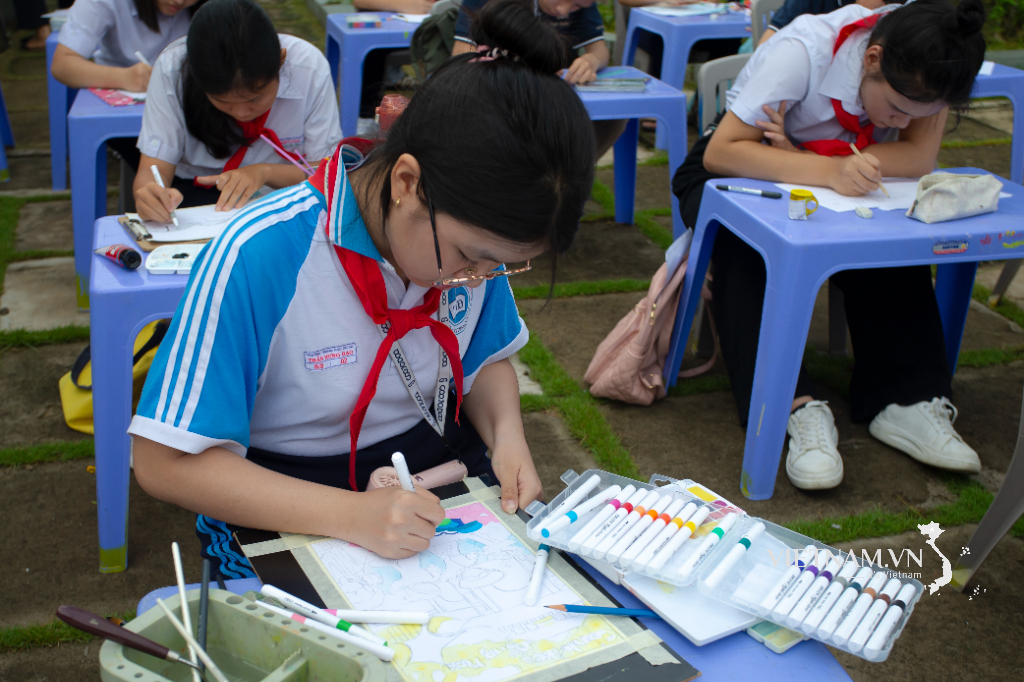
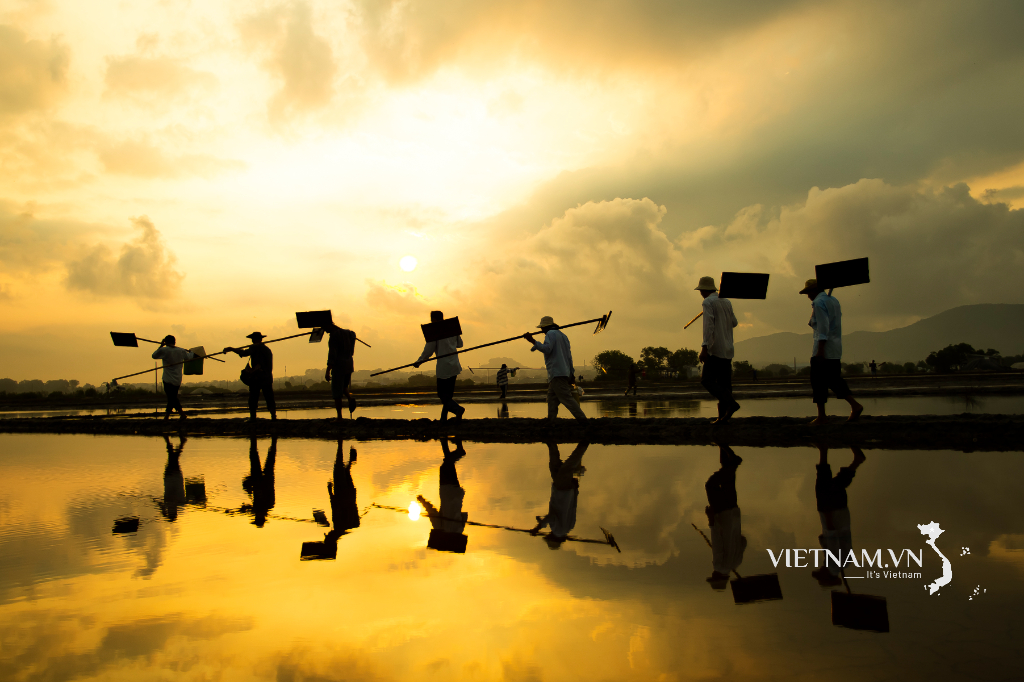
Comment (0)